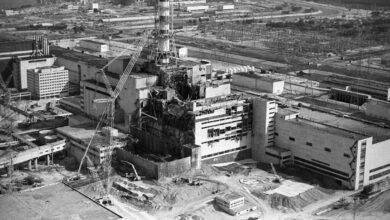Mount St. Helens, a seemingly dormant volcano in Washington state, roared back to life on May 18th, 1980, in a dramatic eruption that remains the most significant in recent US history. A series of tremors and minor explosions had wracked the mountain for weeks prior, but the 5.1 magnitude earthquake that struck that morning triggered a catastrophic event. The mountain’s north face literally blew apart in a lateral blast, creating a horseshoe-shaped crater and leaving a devastated landscape in its wake. Ash plumed an astonishing 15 miles into the atmosphere, darkening skies hundreds of miles away and disrupting air travel for days. Pyroclastic flows, superheated avalanches of gas and ash, raced down the mountainside at speeds exceeding 400 miles per hour, obliterating everything in their path. The eruption claimed 57 lives and caused billions of dollars in damage, forever altering the surrounding environment.
112 1 minute read





